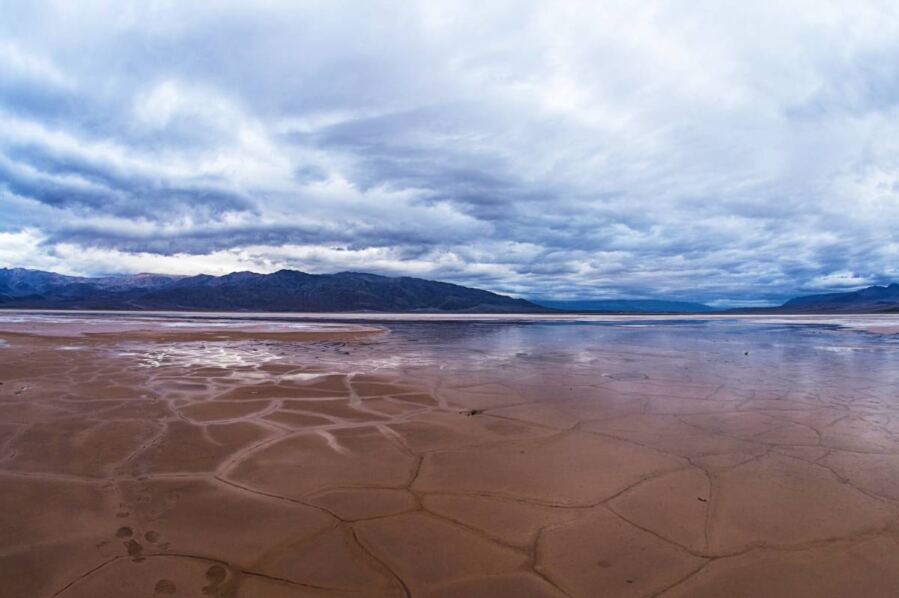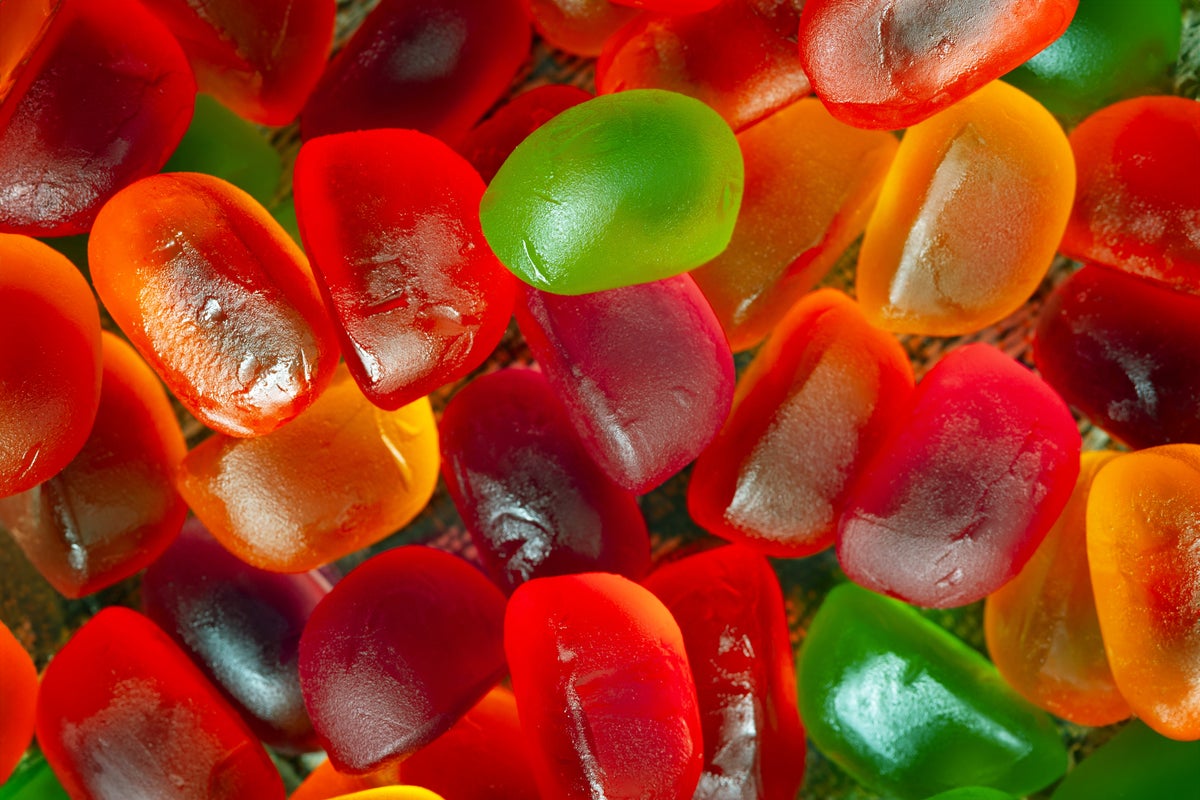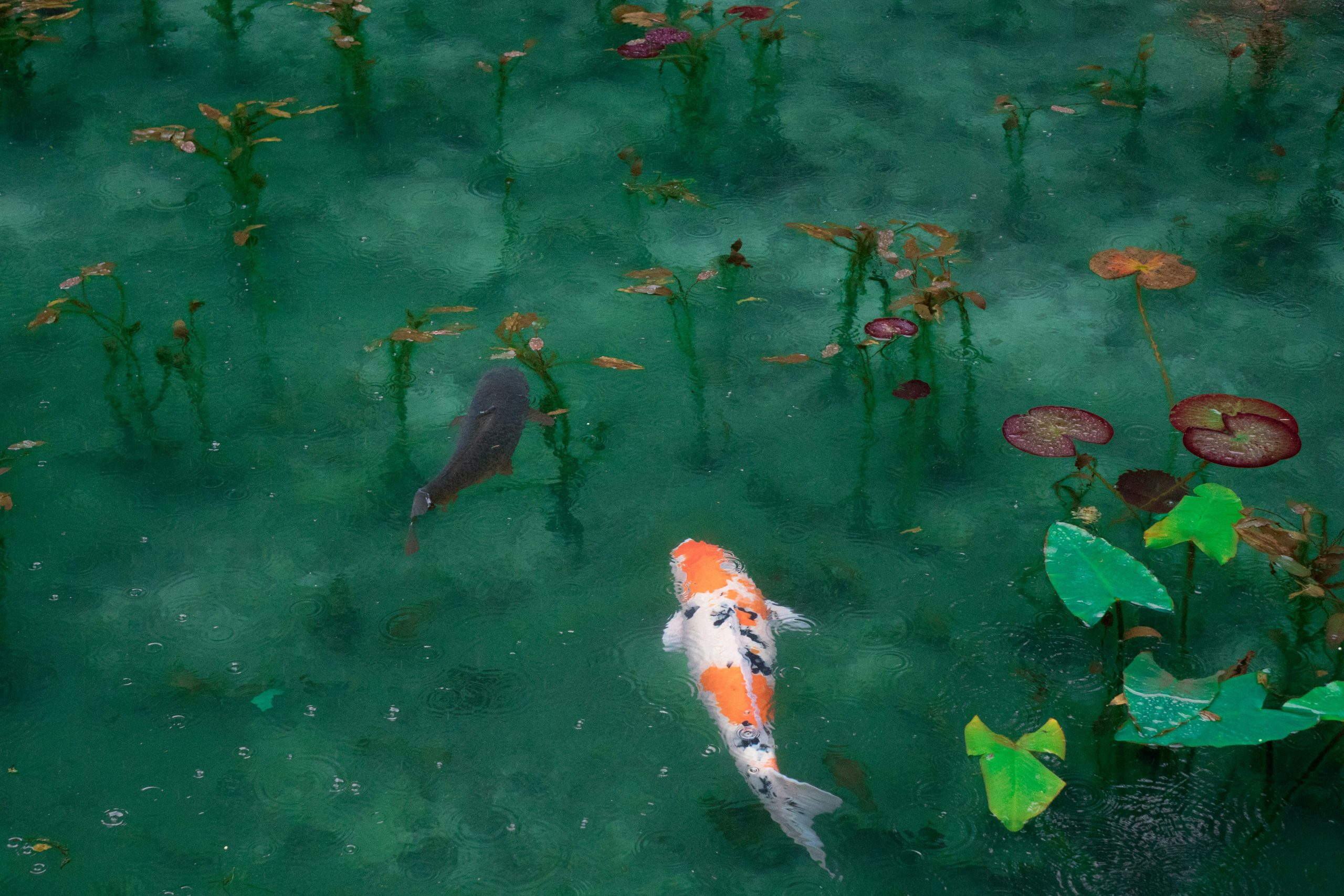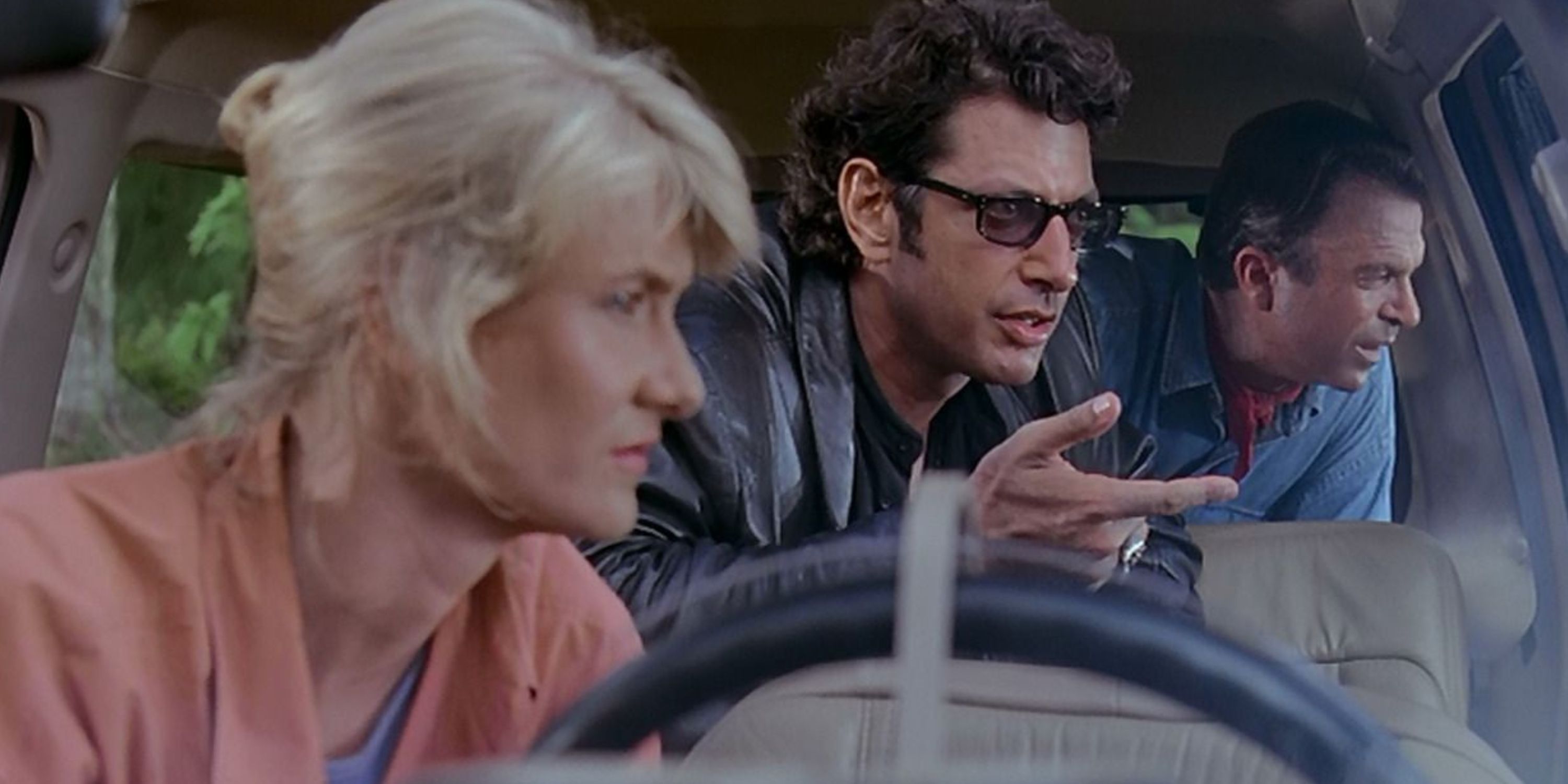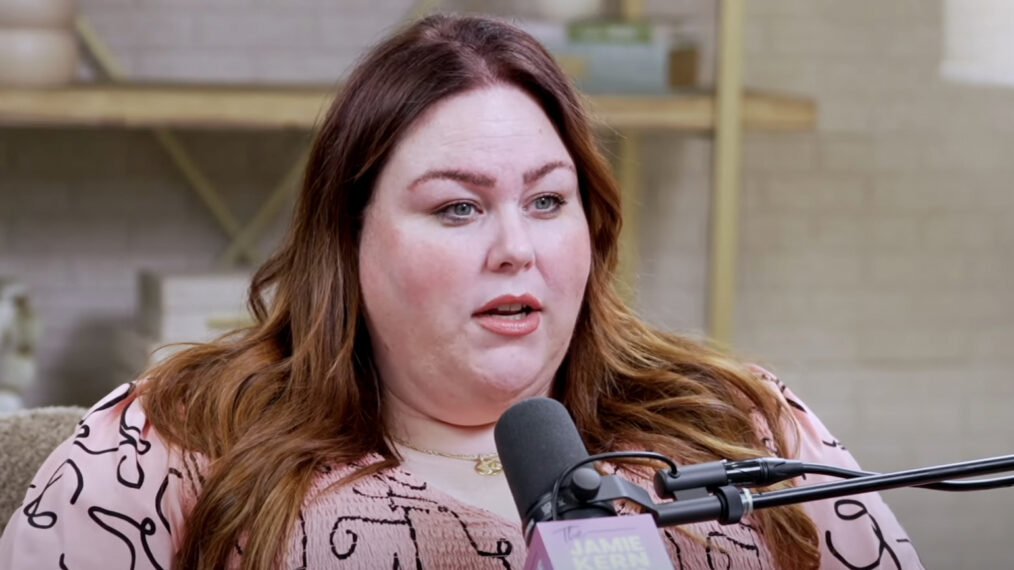A seagrass off the west coast of Australia has grown to be the biggest organism in the world by repeatedly cloning itself to make more and more genetically identical shoots
Life
1 June 2022
Posidonia australis in Shark Bay, Western Australia Rachel Austin, University of Western Australia
A seagrass plant off the west coast of Australia has grown 180 kilometres long by continuously copying itself, making it the world’s largest known clone.
Many plants can reproduce clonally, meaning they make identical copies of themselves. The grass in garden lawns, for example, expands by producing new genetically identical blades, says Elizabeth Sinclair at the University of Western Australia.
Sinclair and her colleagues discovered the giant seagrass clone while genetically sequencing a seagrass species called Poseidon’s ribbon weed (Posidonia australis) in Shark Bay, also known as Gathaagudu, in Western Australia.
They sampled the plant at 10 sites across the two inlets of Shark Bay and found that nine were made up of the same genetically identical grass. This indicated they belonged to the same massive plant, which must have begun growing in one inlet, expanded and then spread into the neighbouring inlet. From the sample sites, the clone is estimated to have a total curved length of over 180 kilometres – the researchers didn’t estimate its total area.
“It’s the largest known example of a clone in any environment on Earth,” says Sinclair.
The plant is estimated to be about 4500 years old based on the usual growth rate of the species. It has probably been able to grow to its massive size because it occupies a relatively undisturbed area, says Sinclair.
The previous record-holder for the largest clone was another seagrass, Posidonia oceanica, that was found to span 15 kilometres in the Mediterranean.
Plants that reproduce clonally and only pass on their own genes are usually considered less resilient than those that reproduce sexually and mix their genes, says Sinclair. This is because they have less genetic diversity for adapting to changing environmental conditions, she says.
However, the giant seagrass in Shark Bay may have “cheated the system” because it appears to be a hybrid between P. australis and a yet-to-be-identified species, meaning it has double the chromosomes and therefore double the genetic diversity, says Sinclair.
This extra diversity may have allowed it to adapt to the extreme conditions found in Shark Bay, which include intense sunlight and large fluctuations in temperature and salinity, she says.
Journal reference: Proceedings of the Royal Society B, DOI: 10.1098/rspb.2022.0538
More on these topics:
















